A New Era for the Shrimp Industry – Prioritizing Sustainability Over Volume

Vietnam’s Shrimp Exports Account for 14% of Global Shrimp Value
According to Le Van Quang, CEO of Minh Phu Seafood Group, Vietnam's shrimp is one of two aquatic species included in the nation's aquaculture development strategy, with an export value of USD 3.5-4 billion, accounting for 13-14% of the global shrimp value.
Vietnam is regarded as having the most modern shrimp processing technology and excels in producing high-value and premium products. Many of Vietnam's processed shrimp products achieve higher added value, which countries like Ecuador and India cannot match or produce only in small quantities.

However, Vietnam's shrimp industry and agriculture as a whole are currently facing numerous challenges.
- Shrimp production is declining. In 2023, Vietnam's shrimp output fell sharply by 32%, while Ecuador's increased by 14%, India's by 2%, Thailand's decreased by 9%, and Indonesia's by 12%.
- Shrimp prices also dropped significantly due to the economic recession, as consumers tightened their spending. At the same time, the production costs of Vietnamese shrimp remain very high, making it less competitive.
- Labor costs in shrimp processing are high because industrial zones are often located far from residential areas. Companies incur significant costs to transport workers, and the long travel times reduce productivity. Additionally, the cost of living for workers increases, pressuring companies to raise wages, which are already among the highest in the region.
- Wastewater treatment costs are also very high. Businesses must treat water to meet Category B standards at a cost of 5,000 VND per cubic meter before sending it to the centralized treatment plant in industrial zones to meet Category A standards, which costs another 10,000 to 15,000 VND per cubic meter. If companies were allowed to treat wastewater to Category A standards themselves, the cost would not exceed 5,500 VND per cubic meter.
- Farmers are still reluctant to adopt certifications like BAP, ASC, or organic/ecological shrimp, making it difficult to sell shrimp at high prices.
- The success rate for shrimp farming in Vietnam is only 40%, far lower than Ecuador’s 90% and India’s 60-70%.
Minh Phu Shrimp King Le Van Quang: A New Era for the Shrimp Industry – Prioritizing Sustainability Over Volume'
Vietnam's shrimp is one of two aquatic species included in the nation's aquaculture development strategy, with an export value of USD 3.5-4 billion, accounting for 13-14% of the global shrimp value.
It's TimetoShift Focus Away from Quantity
In his recommendations to improve the competitiveness of the shrimp industry and foster sustainable, efficient agriculture, Le Van Quang emphasized the need for a shift in thinking: instead of focusing on production volume (technology-driven), there should be more emphasis on sustainability and efficiency (quality, environment, health, and price).
Proposals for Improvement
Regarding breed planning and management, Quang suggested that the Ministry of Agriculture and Rural Development amend regulations on shrimp seed production, allowing large shrimp companies to naturalize and select disease-resistant shrimp breeds that can adapt to the climate and environmental conditions of each farming region.
For farming methods, he proposed utilizing biotechnology to raise plants and animals within the environment’s carrying capacity, which is both environmentally friendly and reduces carbon emissions. Minh Phu is currently training and transferring its MPBiO shrimp farming technology to local farmers. This technology integrates nine of the world’s leading shrimp farming technologies, achieving success rates of 90% or higher at a cost equal to or lower than Ecuador, while producing shrimp with vibrant red color and delicious flavor that commands prices 20% higher.
Water Supply and Drainage Systems
The government should invest in building separate systems for water supply and drainage.
Biological Agricultural Inputs
Vietnamese companies should be supported in developing and applying biological fertilizers, feed, and probiotics for plants and animals. Agriculture should move toward a circular economy, turning agricultural waste, by-products, and residues into valuable products to support sustainable agricultural development.
The state should also invest in digital and AI infrastructure for the agricultural sector. Additionally, investments are needed to build professional industrial zones, particularly complexes that include processing industries linked to aquaculture and convenient residential areas. These should include commercial centers, logistics hubs, and agricultural product distribution centers.
Quang also proposed that the government assist with planning, and Minh Phu is ready to invest in building several shrimp industrial parks in Kiên Giang and Cà Mau, along with two agricultural promotion centers in Hanoi and Ho Chi Minh City.
2024 Business Goals
Minh Phu has set a target of achieving VND 1.265 trillion in consolidated net profit for 2024. However, by mid-year, the company had only achieved 3.6% of its goal. Minh Phu’s business plan for 2024 aims for revenue of VND 18.568 trillion, an increase of 72% compared to 2023.
Cre: dantri.vn
Ngày đăng : 17/10/2024
2776 View
Other Articles
Vietnamese shrimp and catfish choose a sustainable path in global competition
End-of-Season Shrimp Prices Reach Record Highs
Norway – Russia Reach Barents Sea Fisheries Agreement for 2026
Cà Mau strengthens traceability to enhance the competitiveness of the shrimp industry.
Cold stress: Effects on the plasma characteristics of whiteleg shrimp.
A new breakthrough in the prevention of diseases caused by the microsporidian parasite EHP in shrimp farming
Vietnam’s shrimp export outlook in the first quarter of 2026 continues to face heavy pressure from tariffs.
New England’s shrimp fishery to shut down for the long haul after years of decline
Crab exports to the United States account for more than 80%.
Thailand sets a target to increase shrimp production to 400,000 tons by 2026.
CTU-RAS: Recirculating Shrimp Farming for Sustainable Development
Vietnamese aquatic products reach new markets








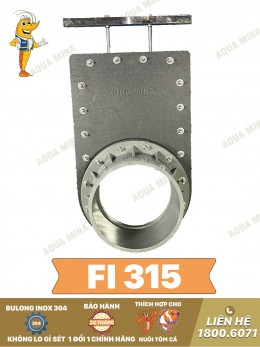
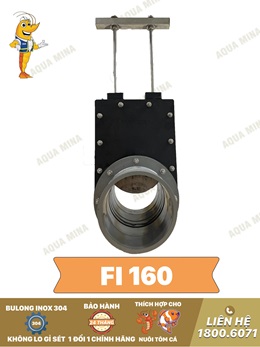
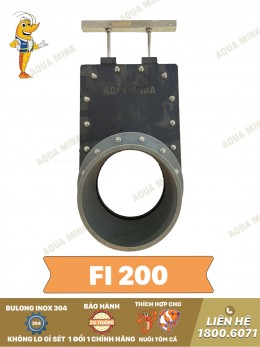
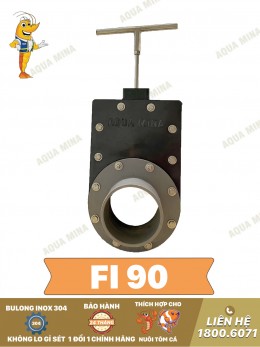
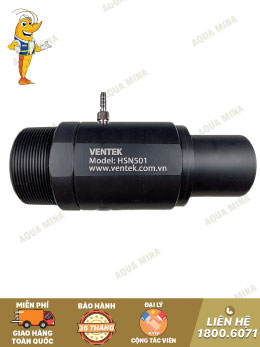
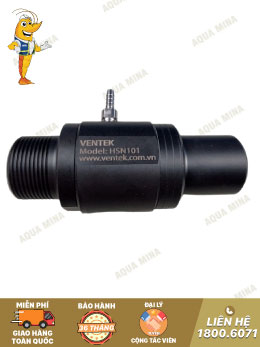
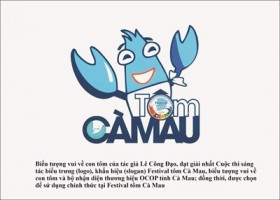
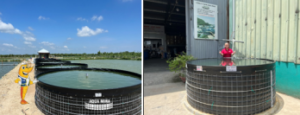
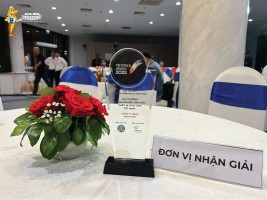
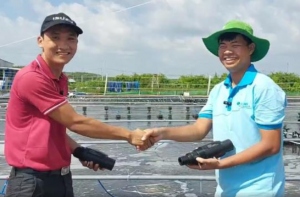
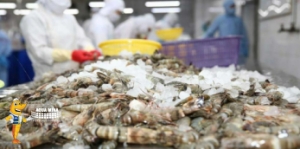
.jpg)